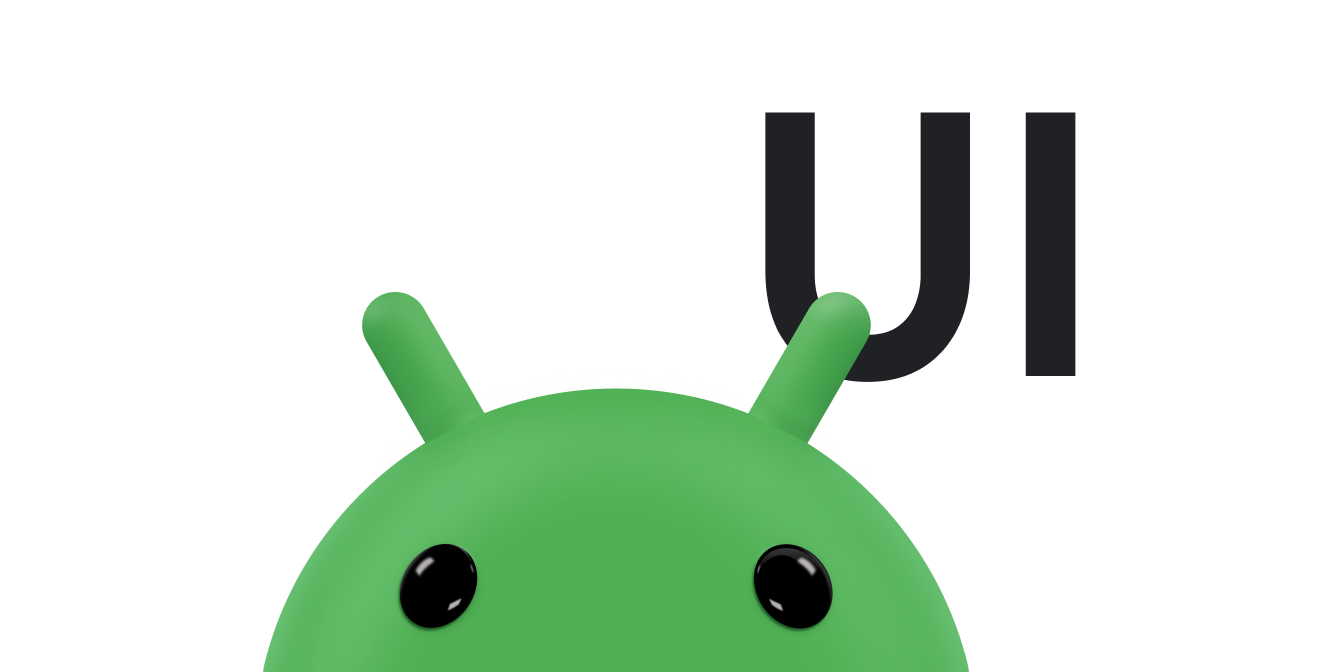रेडियो बटन की मदद से, उपयोगकर्ता एक से ज़्यादा विकल्पों में से कोई एक विकल्प चुन सकता है. अगर उपयोगकर्ता को सभी उपलब्ध विकल्पों को सूची में देखना है, तो रेडियो बटन का इस्तेमाल करें. अगर सभी विकल्प दिखाना ज़रूरी नहीं है, तो इसके बजाय स्पिनर का इस्तेमाल करें.
हर रेडियो बटन का विकल्प बनाने के लिए, अपने लेआउट में एक RadioButton बनाएं. रेडियो बटन एक-दूसरे से अलग होते हैं. इसलिए, उन्हें एक साथ ग्रुप में रखें और उनके लिए
a
RadioGroup का इस्तेमाल करें.
सिस्टम यह पक्का करता है कि एक ग्रुप में एक बार में सिर्फ़ एक रेडियो बटन चुना जा सकता है.
क्लिक इवेंट का जवाब देना
जब उपयोगकर्ता कोई रेडियो बटन चुनता है, तो उससे जुड़े RadioButton ऑब्जेक्ट को ऑन-क्लिक इवेंट मिलता है.
नीचे दिए गए उदाहरण में, उपयोगकर्ता के किसी ग्रुप में RadioButton ऑब्जेक्ट पर टैप करने पर मिलने वाली प्रतिक्रिया दिखाई गई है:
<?xml version="1.0" encoding="utf-8"?> <RadioGroup android:layout_width="match_parent" android:layout_height="wrap_content" android:orientation="vertical"> <RadioButton android:id="@+id/radio_pirates" android:layout_width="wrap_content" android:layout_height="wrap_content" android:text="Pirates"/> <RadioButton android:id="@+id/radio_ninjas" android:layout_width="wrap_content" android:layout_height="wrap_content" android:text="Ninjas"/> </RadioGroup>
इस लेआउट को होस्ट करने वाले Activity या Fragment में, अपने रेडियो बटन ढूंढें और उनमें से हर एक के लिए, बदलाव सुनने वाला एक लिसनर सेट करें. इसके लिए, यह तरीका अपनाएं:
Kotlin
findViewById<RadioButton>(R.id.radio_pirates).setOnCheckedChangeListener { buttonView, isChecked -> Log.d("RADIO", "Pirates is checked: $isChecked") } findViewById<RadioButton>(R.id.radio_ninjas).setOnCheckedChangeListener { buttonView, isChecked -> Log.d("RADIO", "Ninjas is checked: $isChecked") }
Java
findViewById<RadioButton>(R.id.radio_pirates).setOnCheckedChangeListener { buttonView, isChecked -> Log.d("RADIO", "Pirates is checked: $isChecked"); } findViewById<RadioButton>(R.id.radio_ninjas).setOnCheckedChangeListener { buttonView, isChecked -> Log.d("RADIO", "Ninjas is checked: $isChecked"); }
इस उदाहरण में, जब उपयोगकर्ता किसी रेडियो बटन पर टैप करता है, तो Logcat में एक मैसेज प्रिंट होता है.


